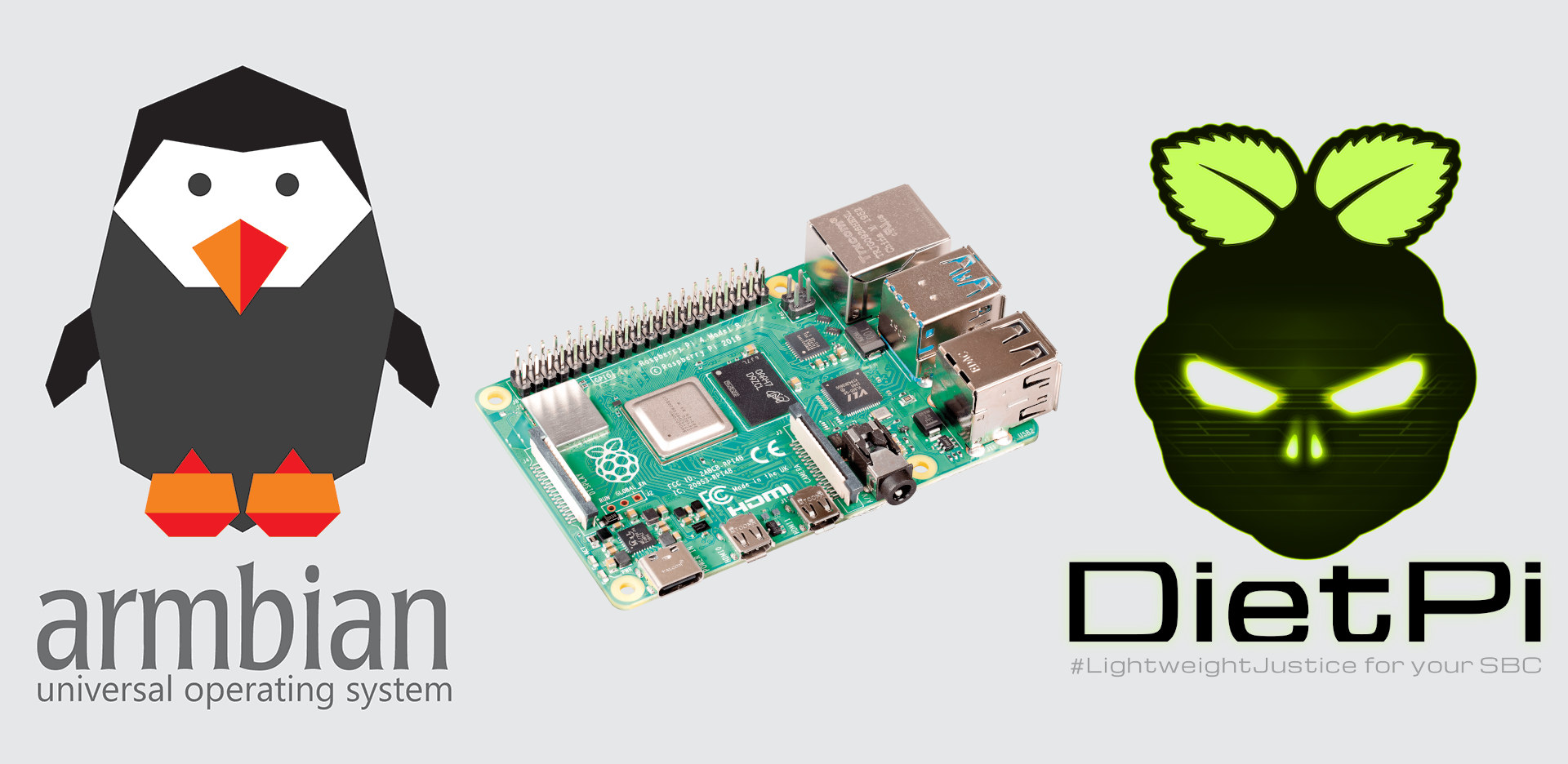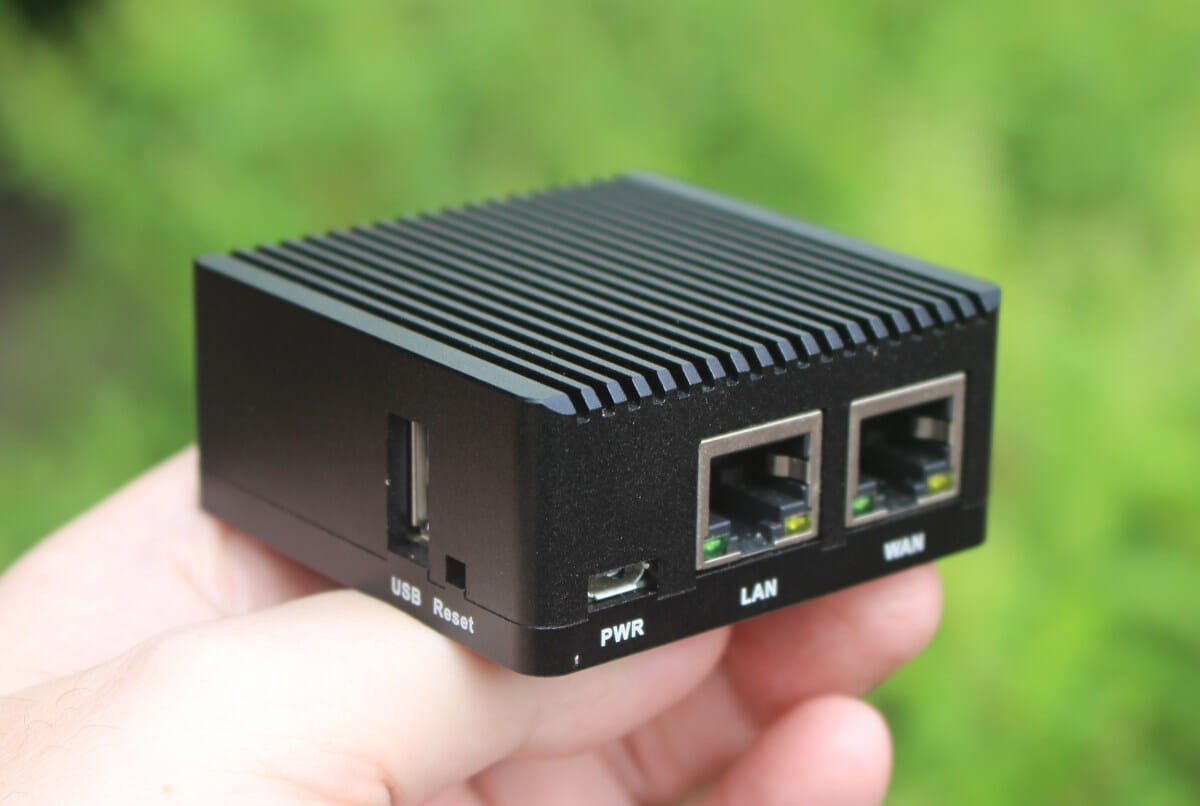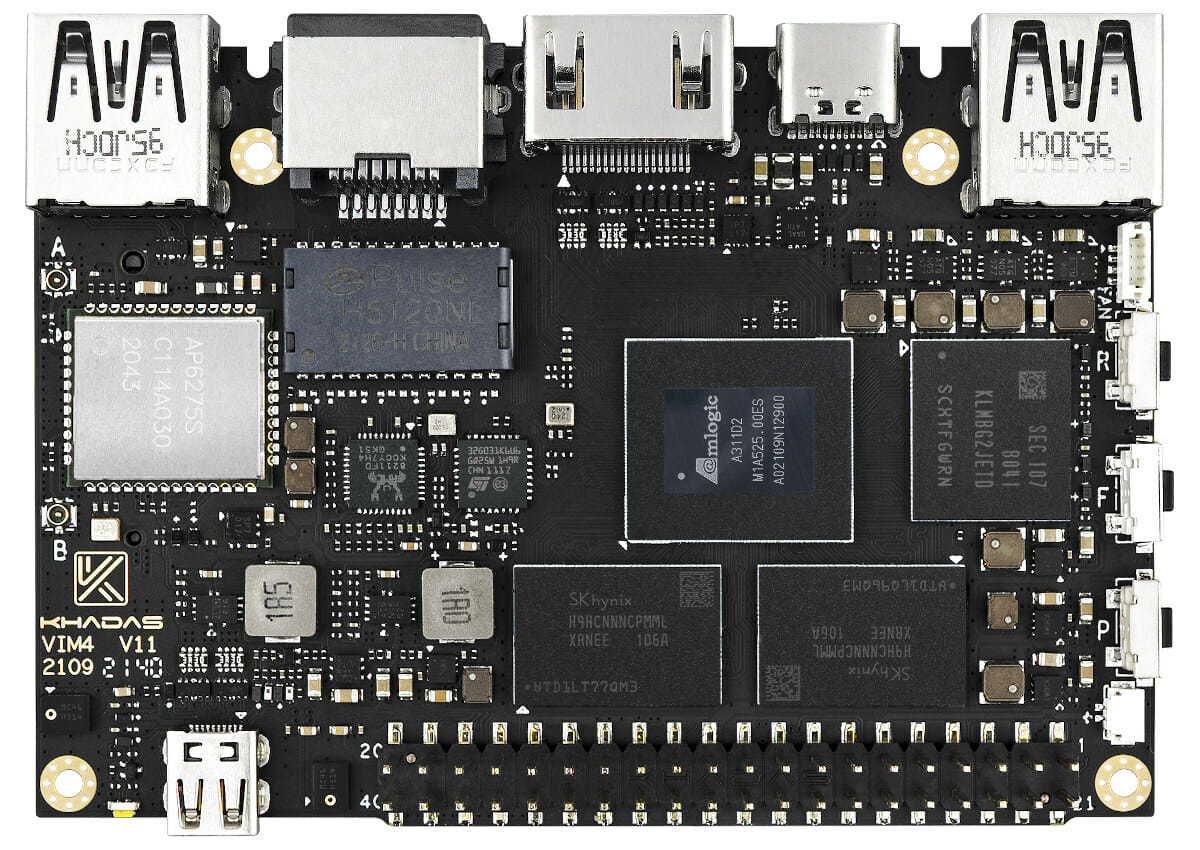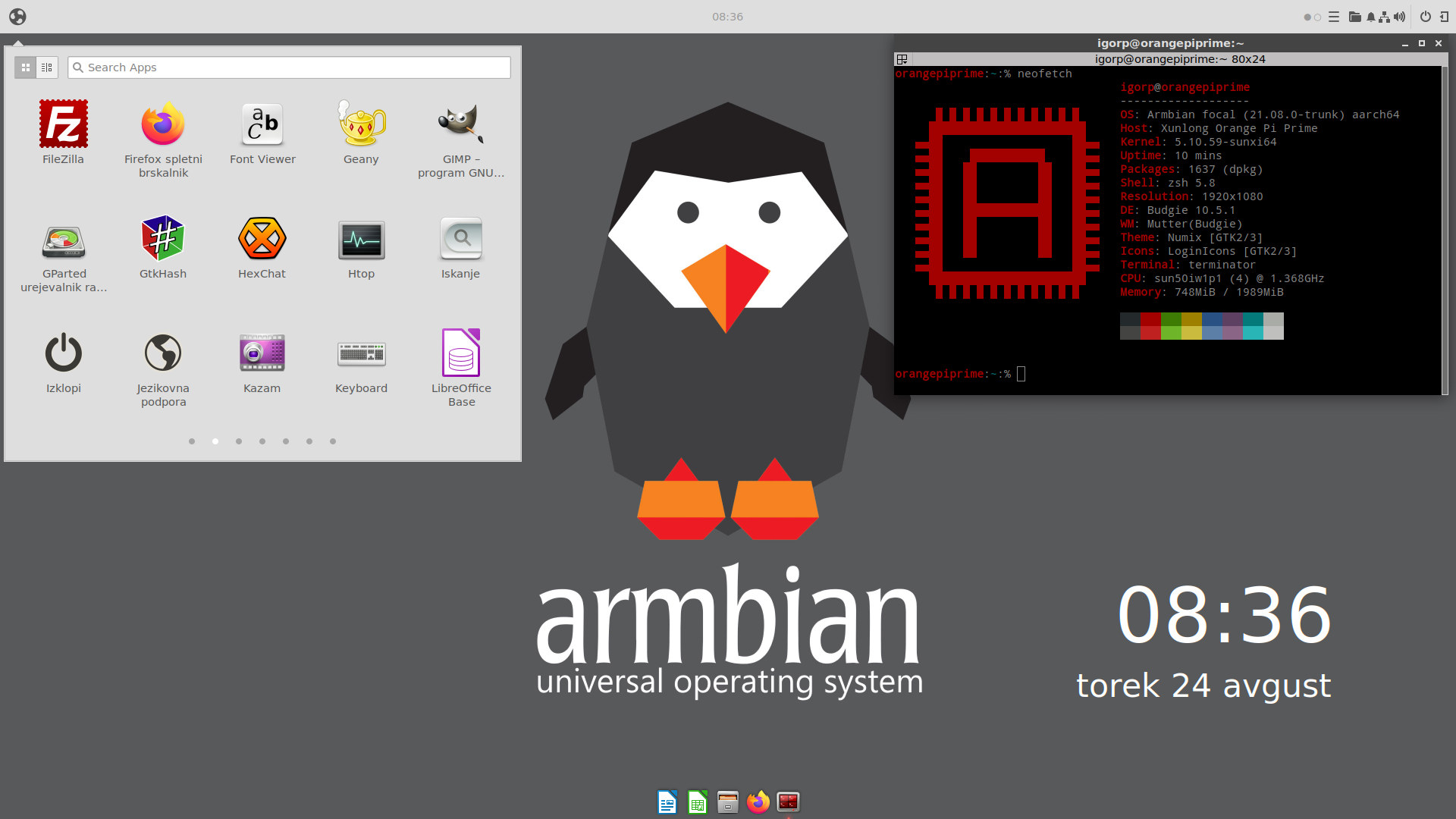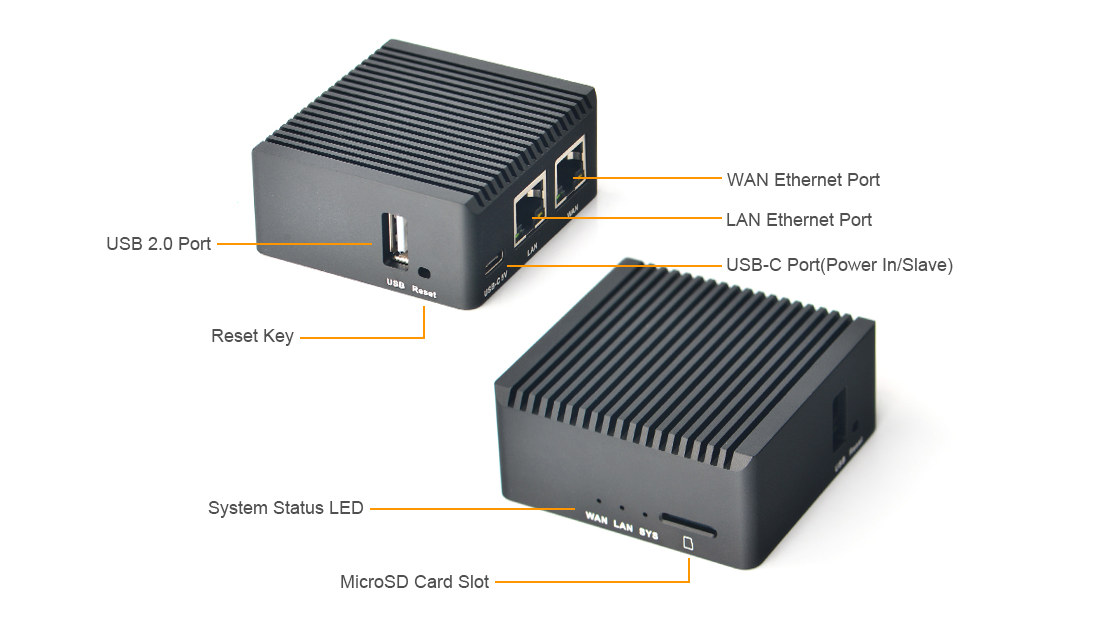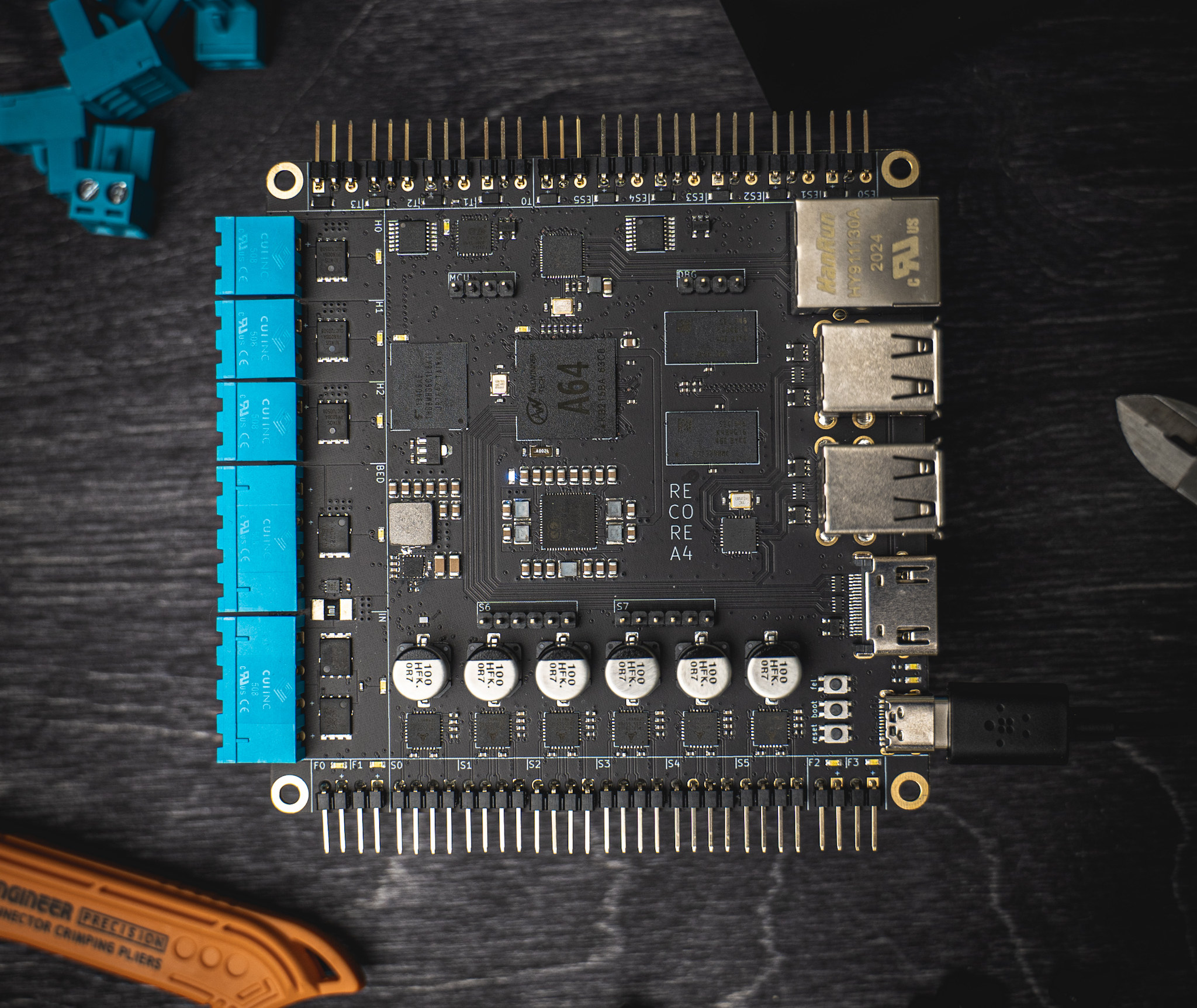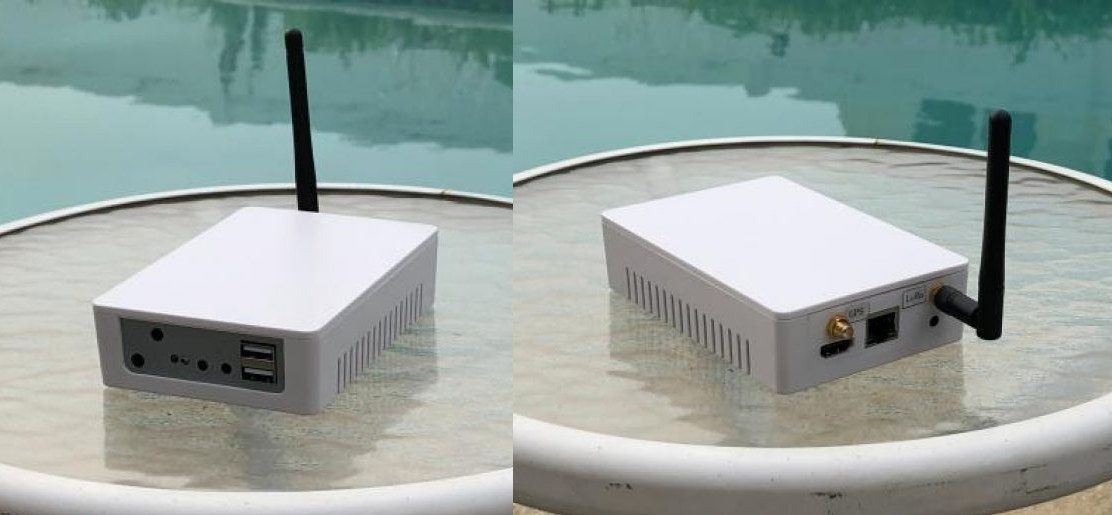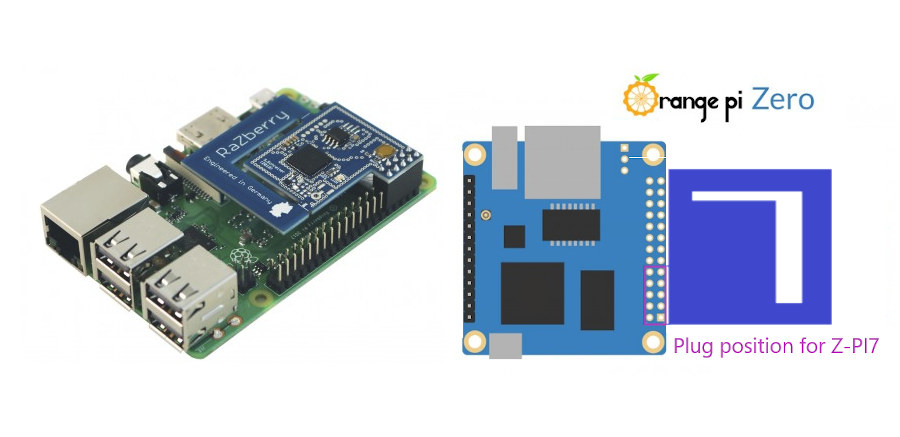Ubuntu and Debian images built by Armbian got popular because of the sad state of affairs of most single board computers. But since Raspberry Pi boards are rather well-supported by the Raspberry Pi Foundation and community, plus part of it is closed-source, there’s been little motivation by the Armbian community to work on it, and that means there’s no official support for Raspberry Pi. But some Armbian test images have just been released for Raspberry Pi 4, specifically Ubuntu 22.04 “Jammy Jellyfish” images with a CLI (headless) version, and two desktop variants with Cinnamon and XFCE desktop environments which you can download on their server(s). Separately, DietPi 7.9 lightweight Linux distribution based on Debian has also been released with various improvements. The good news about Armbian images for Raspberry Pi is that they exist, but the less good news is that those are still “test images”, and the popular board […]
Giveaway Week – NanoPi R2S gateway
Here’s the 8th edition of CNX Software giveaway week! I’ll have seven items to give away to readers in the 2021 event with some help from two companies as I was short on available samples this year. We’ll start with NanoPi R2S gateway based on Rockchip RK3328 SoC, and equipped with 1 GB DDR4 RAM as well as two Gigabit Ethernet ports. I reviewed NanoPi R2S gateway at the end of last year with Armbian built Ubuntu 20.04 Focal, and it performed well under load thanks to the metal enclosure and optimized OS. The main downside is having a USB 2.0 port, especially if you intend to use it as external storage, but that’s the cost of having two Gigabit Ethernet ports on Rockchip RK3328 SoC, with one of those using the USB 3.0 interface. The giveaway includes the board and metal enclosure. It is already fully assembled. So you’ll […]
Khadas VIM4 – An Amlogic A311D2 SBC with 8GB RAM, Wi-Fi 6, HDMI input & output
We’ve just written about the Amlogic A311D2 processor with some pretty interesting features, and Khadas VIM4 will be one of the first single board computers equipped with the latest octa-core processor, succeeding the company’s earlier Khadas VIM3 board powered by an Amlogic A311D hexa-core processor. Khadas VIM4 makes good use of the extra memory allowance with faster 8GB LPDDR4 RAM, and also offers 32GB eMMC flash, Gigabit Ethernet, WiFi 6, 4Kp60 HDMI input and output, independent USB 3.0, and PCIe (via M.2 socket) interfaces, and more. Khadas VIM4 specifications with bold highlights showing the differences with the VIM3 Pro model: SoC – Amlogic A311D2 octa-core processor with 4x Arm Cortex-A73 cores @ up to 2.2 GHz and 4x Cortex A53 cores @ up to 2.0 GHz, Arm Mali-G52 MP(8EE) GPU, NPU shown as TBD possibly due to license requirements System Memory- 8GB LPDDR4X @ 2112 MHz Storage – 32GB eMMC […]
Armbian 21.08 for Arm boards ships with latest Linux 5.10 LTS
Armbian provides stable releases four times a year, and Armbian 21.08 has just been released offering minimal, server or XFCE, Cinnamon and Budgie desktop Linux 5.10 LTS images for Arm boards, as well as a build system to customize your own image. If you’ve been using an Arm SBC that is NOT a Raspberry Pi board, you’ve probably been told to use Armbian, as the community is providing Debian and Ubuntu images for over 100 Arm boards that are either “Supported”, “WIP” (suitable for testing), or “CSC” (no official support, aka you’re on your own). Armbian 21.08 highlights (Note: EDGE are daily builds following daily builds of the Linux kernel and fresh packages from Debian sid, Ubuntu 21.04 “hirsute” or Ubuntu 21.10 “impish” userland): Based on Linux 5.10.59 released on August 15, 2021 Minimal, server or XFCE, Cinnamon, and Budgie desktop Fast automated language selection on the first run Regular […]
NanoPi R2C is a cheaper dual GbE mini router with YT8521S Gigabit Ethernet PHY
FriendlyELEC’s NanoPi R2C is an updated version of NanoPi R2S dual GbE mini router that replaces Realtek RTL8211E Gigabit Ethernet transceiver with a Motorcomm YT8521S chip. NanoPi R2C mini router still comes with a Rockchip RK3328 quad-core Cortex-A53 processor, 1GB DDR4 memory, and a Realtek RTL8153 USB 3.0 to Ethernet controller for the second Ethernet port. NanoPi R2C specifications: SoC – Rockchip RK3328 quad-core Cortex-A53 @ 1.5 GHz with Arm Mali-450MP2 System Memory – 1GB DDR4 RAM Storage – MicroSD Slot, SPI flash footprint Connectivity 1x Gigabit Ethernet (WAN) up to 941 Mbps (measured) via MotorComm YT8521S Gigabit Ethernet transceiver 1x Gigabit Ethernet (LAN) up to 941 Mbps (measured) via Realtek RTL8153 USB 3.0 to Ethernet controller USB – 1x USB 2.0 Type-A host port, USB Type-C port Debugging – 3-pin 2.54mm pitch header for serial console Expansion – 10-pin GPIO header with GPIOs, I2C, UART, IR_Rx, 5V, 3.3V and GND […]
3D printer board leverages Allwinner A64’s AR100 core for real-time control
Elias Bakken has been working on Recore 3D printer control board based on Allwinner A64 processor since 2019 and with revision “A5” of the PCB, Recore is now considered stable and will ship to customers. But wait? Isn’t Allwinner A64 just a quad-core Cortex-A53 processor meant to run Linux? But 3D printer control boards require real-time I/O and that’s why many are designed with STM32, Arduino compatible Microchip MCU or other microcontrollers. The trick here is that Elias did not use the Cortex-A53 cores for real-time control, but instead the 300 MHz AR100 32-bit OpenRISC 1000 core found in Allwinner A64 SoC. Recore specifications: SoC – Allwinner A64 quad-core Cortex-A53 processor running at 1 GHz, with AR100 32-bit core @ 300 MHz, Mali-400MP2 GPU System Memory – 1 GB DDR3 RAM Storage – 8 GB eMMC flash Video Output – HDMI output to connect a display Networking – Gigabit Ethernet […]
PineDio indoor LoRa gateway to combine Pine A64-LTS SBC with RAK2287 LoRaWAN concentrator module
RAKwireless has offered Raspberry Pi-based indoor LoRaWAN gateways for development/evaluation purposes for several years, including the more recent RAK7246 LoRaWAN developer gateway equipped with Raspberry Pi Zero W SBC. But there’s will soon be another option, also not directly from RAKwireless, as Pine64 PineDio indoor LoRa gateway will feature RAK2287 LoRaWAN concentrator module connected to Pine A64-LTS single board computer via a custom-designed adapter board. PineDio indoor LoRa gateway preliminary specifications: SoC – Allwinner A64 quad-core Arm Cortex A53 processor @ 1.0 GHz with Mali-400MP2 GPU System Memory – Up to 2GB LPDDR3 Storage – 128Mb SPI boot Flash, MicroSD card slot, optional eMMC flash module Video Output – HDMI 1.4 up to 4K resolution @ 30 Hz Connectivity Gigabit Ethernet Optional WiFi & Bluetooth module LoRaWAN via RAK2287 mini PCIe concentrator module based on Semtech SX1302 with support for RU864, IN865, EU868, AU915, US915, KR920, AS923; external antenna GNSS […]
Z-Pi 7 Z-Wave gateway devkit works with Raspberry Pi and Orange Pi Zero boards
WiFi & Bluetooth are the most popular wireless protocols for home automation, alternatives like Zigbee and Z-wave have also been widely adopted, at least in some countries. And if you are interested in the latter, Aeotec has just introduced the Z-Pi 7 gateway development kit that lets you add Z-Wave connectivity to Raspberry Pi boards or Orange Pi Zero SBC with an expansion board connected over UART through the GPIO header. Aeotec Z-Pi 7 Z-Wave expansion board (ZWA025) specifications: Z-Wave connectivity Silicon Labs EFR32ZG14 Arm Cortex-M4 SoC @ 39 MHz with Series 700 and Gen7 technology Frequencies ZWA025-A: US Frequency 908.42 Mhz ZWA025-B: AU Frequency 921.42 Mhz ZWA025-C: EU frequency 868.42 Mhz TX Power – US: +9.3 dBm; EU: +4.8 dBm RX sensitivity – -97.5 dBm Range Indoor – US: 70+ meters; EU: up to 60 meters Outdoor – Up to 200 meters SmartStart native integration and S2 security. Z-Wave Plus Certified […]


